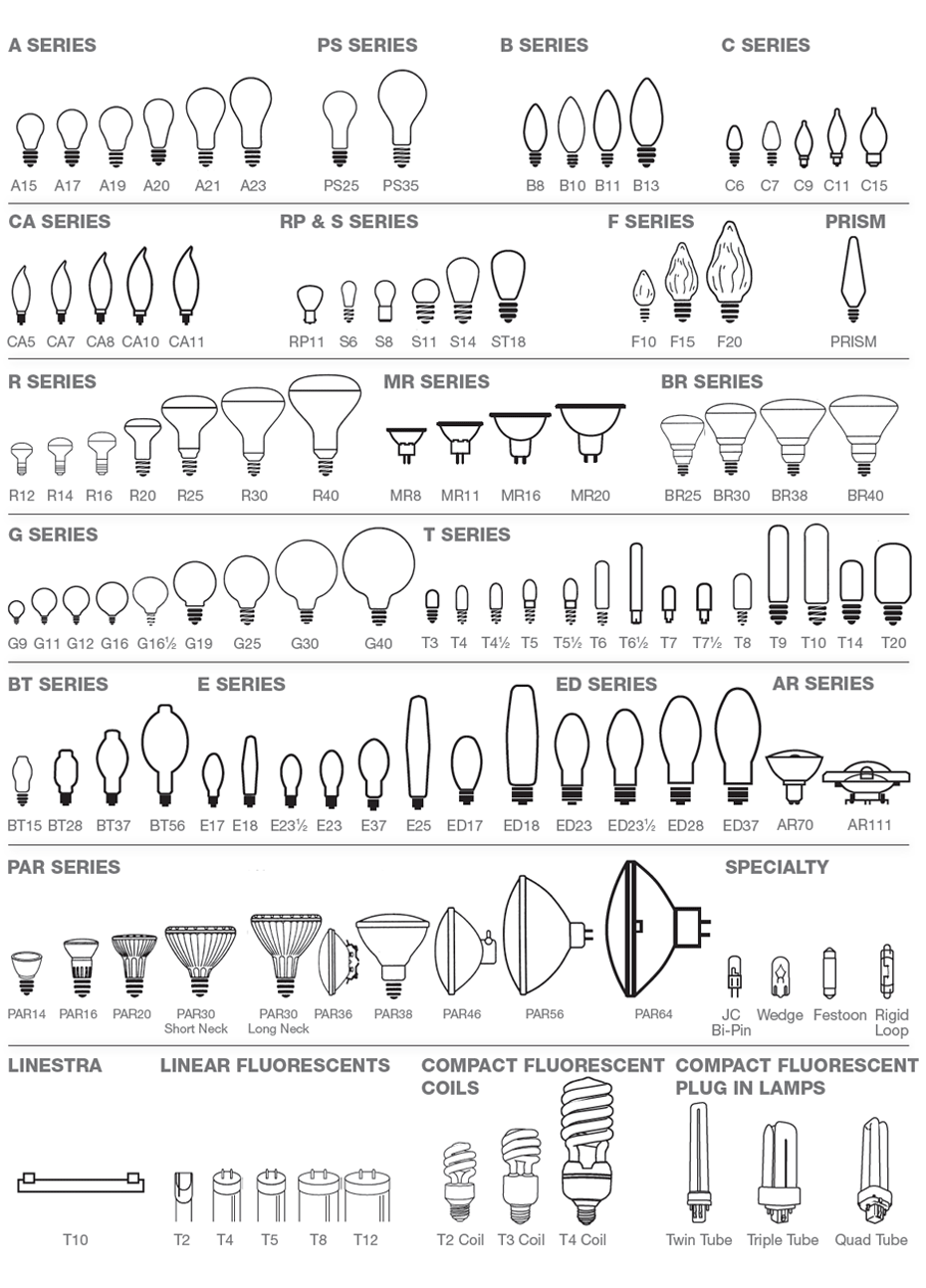This short demo shows a prototype of a LED that can be stretch. Now, that doesn't sounds like much but think for moment in the sources of light that we have today. Since we tame electricity we've been able to make vessels that contains light. From the light bulb to the pixels that you are looking at right now all our light emitting sources have a discreet shape, its shapes are define by manufacture. Since the commercial introduction of the first light bulbs back in the 1880's the shape have been pretty much the same from the glass balloon to a ''pear'' shape (the German word for light bulb is Glühbirne which can be translated as glowing pear) then to a almost any possible variation of that.

Then the fluorescent (as different as the previous incandescent) lighting technology came and also the halogen and then neon and all of them were confined either to a bulb or a tube. All of them constricted by the formal possibilities of glass. And this kept going up to the introduction in the early 60's of LED (light emitting diodes) which change the electrically powered reaction within an micro atmosphere full of specific elements ( as the Incandescence, Fluorescence, Halogen or Neon technology are) for the convenience of the electroluminescence effect in a Semiconductor, and also change the glass by epoxy. This change, the glass by epoxy, brought a whole new set of formal possibilities to the design of light sources starting for the radical decrease on size, and -for what it matters- the first squared lights.

But even after all these technology leaps the initial shape of the light source will be its definitive shape. The form of the light will be still the form of the mold. Until now the only source of light with the possibility of change its shape was the fire, and we couldn't control it. That change with the arrival of OLED ( organic light emitting diodes) on which the traditional semiconductor layer was replace by an organic semiconductor. The OLED technology has already proved to be flexible, which is already a great step forward. But now this little light emitting plastic sandwiched on each side by carbon nanotube-polymer can change -by being stretched- its shape, which means that its structure can be adapt in three dimensional ways. Why this is important? because of socks. Can you think in something more finely adapted to another shape than a sock wrapping you foot? a very basic shape surface that adapt to all the complexities and nuances of another intricate surface such as it is the foot.Well, when was the last time you worn a rigid sock? stretchability is the the most defining feature not for customisation, but for active adaptation. Stretchable light means that light is now is not only parts of the object but an object by itself.



